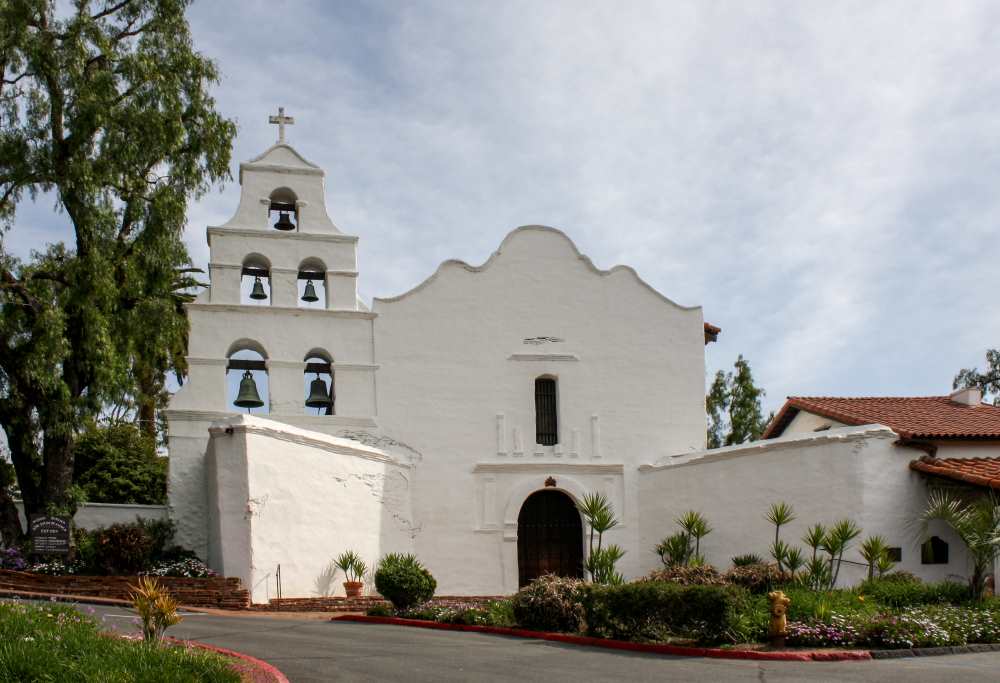The History of California's Franciscan Period in Baja California Sur
Discover the history and legacy of the Franciscan period in California's mission history. Learn about the architecture, art, controversies, and cultural impact of the missions in this informative article.





